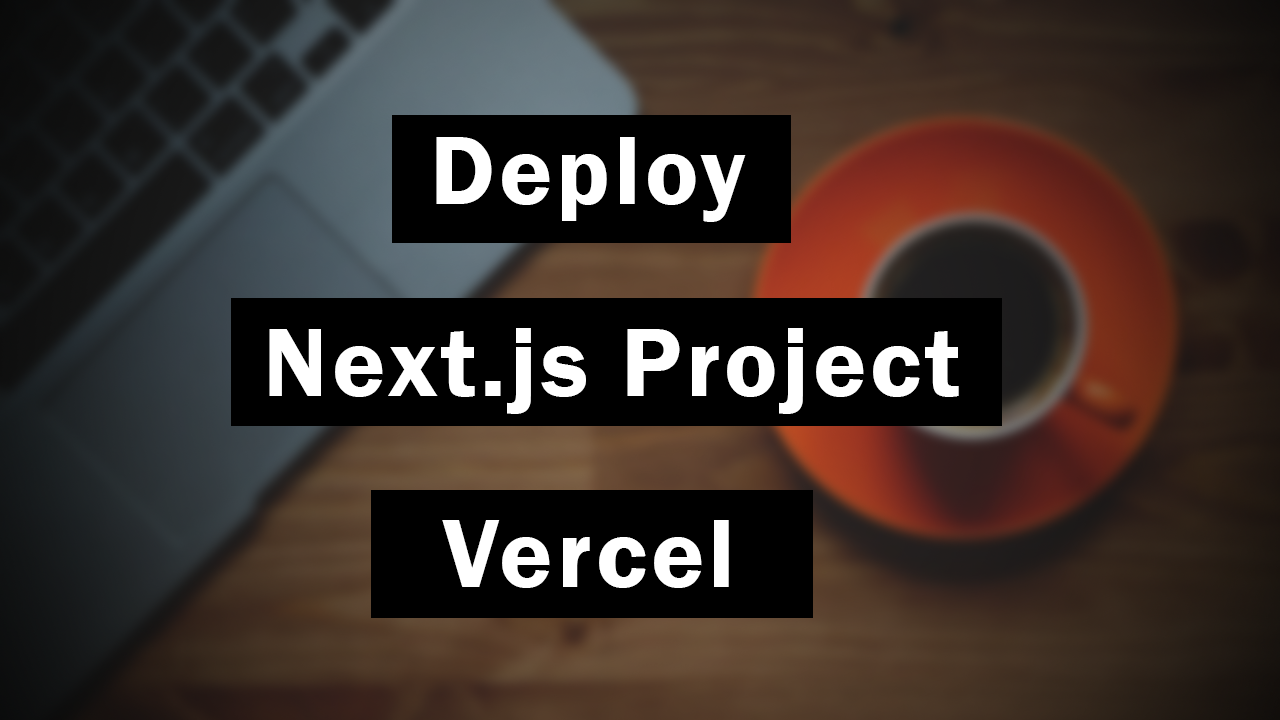Next.js Router: A Comprehensive Guide
Introduction
Next.js, a popular React framework, comes with its built-in routing system known as the Next.js Router. Routing is a fundamental aspect of web development, allowing users to navigate between different pages within a web application seamlessly. In this comprehensive guide, we'll explore the Next.js Router , its features, and how to power it effectively in your Next.js projects.
Understanding Next.js Router
The Next.js Router is based on the `react-router` library and provides a simple and natural way to handle client-side routing in Next.js applications. It allows developers to define routes and map them to specific components, enabling dynamic page navigation without the need for page refreshes.
Key Features of Next.js Router
File-based Routing
Next.js follows a file-based routing approach, where each page of the application corresponds to a specific file within the project structure. By organizing pages in this manner, developers can create clean and intuitive route definitions without the need for complex patterns. The project structure eventually becomes a route for that particular component automatically.
Dynamic Routing
Next.js Router supports dynamic routing, allowing for the creation of dynamic routes with parameters. Parameters can be specified within the route definition using square brackets (`[]`), enabling the creation of flexible and dynamic page layouts based on user input or data from external sources.
Nested Routing
Next.js Router also supports nested routing, allowing developers to define nested routes within the project structure. This feature is particularly useful for building complex applications with categorized page structures, such as dashboards, real-time wizards, or multi-level navigation systems.
Route Prefetching
Next.js Router automatically prefetches linked pages in the background, improving the overall performance of the application by preloading resources for the following navigation on the server itself. This helps reduce latency and ensures a smoother user experience, especially for applications with multi-level pages.
Programmatic Routing
In addition to declarative routing using Link components, Next.js Router also supports programmatic routing using the `useRouter` hook or the `router` object. This allows developers to navigate between pages programmatically in response to user actions or application events, giving them powdered control over the navigation flow of the whole application.
Getting Started with Next.js Router
Creating Pages
To define routes in a Next.js application, create `.js` or `.jsx` files within the `pages` directory. Each file represents a unique page in the application, and the file name corresponds to the route path. For example, `pages/about.js` would create a route for the `/about` page.
Linking Pages
To create links between pages, use the <Link> component provided by Next.js Router . Simply wrap the anchor (<a>) tag around the desired content and specify the `href` attribute with the target route. For example:
import Link from 'next/link';
const MyComponent = () => (
<Link href="/about">
<a>About Us</a>
</Link>
);
Dynamic Routing
For dynamic routes with parameters, define the route using square brackets (`[]`) in the file name. Inside the component, access the route parameters using the `useRouter` hook or the `router` object provided by Next.js. For example:
// pages/posts/[id].js
import { useRouter } from 'next/router';
const Post = () => {
const router = useRouter();
const { id } = router.query;
return <h1>Post ID: {id}</h1>;
};
export default Post;
Conclusion
The Next.js Router provides a powerful and intuitive way to handle client-side routing in Next.js applications. With features like file-based routing, dynamic routing, and route prefetching, developers can create fast, dynamic, and SEO-friendly web applications with ease. By understanding the key concepts and best practices of Next.js Router, you can leverage its capabilities to build robust and user-friendly web experiences for your users.
FAQs (Frequently Asked Questions)
Can I use Next.js Router with non-Next.js projects?
Next.js Router, is specifically designed for Next.js applications and depends on the Next.js framework. While some concepts may apply to other React projects, the routing implementation is strongly integrated with Next.js.
Does Next.js Router support server-side rendering?
Yes, Next.js Router supports both client-side and server-side rendering. Pages can be pre-rendered on the server and served as static HTML or rendered dynamically on the client, depending on the configuration.
How does Next.js Router handle route transitions?
Next.js Router, provides built-in support for route transitions, allowing for smooth page transitions between different routes. Transition effects can be customized using CSS or third-party animation libraries. You can also add a third-party loading screen you can that I have already been using on this website.
Can I customize the URL structure in Next.js Router?
Yes, Next.js Router allows for flexible URL structures using dynamic routing and nested routes. Developers can define custom route patterns and parameters to match specific URL patterns and requirements.
Is Next.js Router suitable for large-scale applications?
Yes, the Next.js Router is suitable for both small-scale and large-scale applications. Its efficient routing implementation, along with features like route prefetching and dynamic routing, make it well-suited for projects of any size and complexity.



